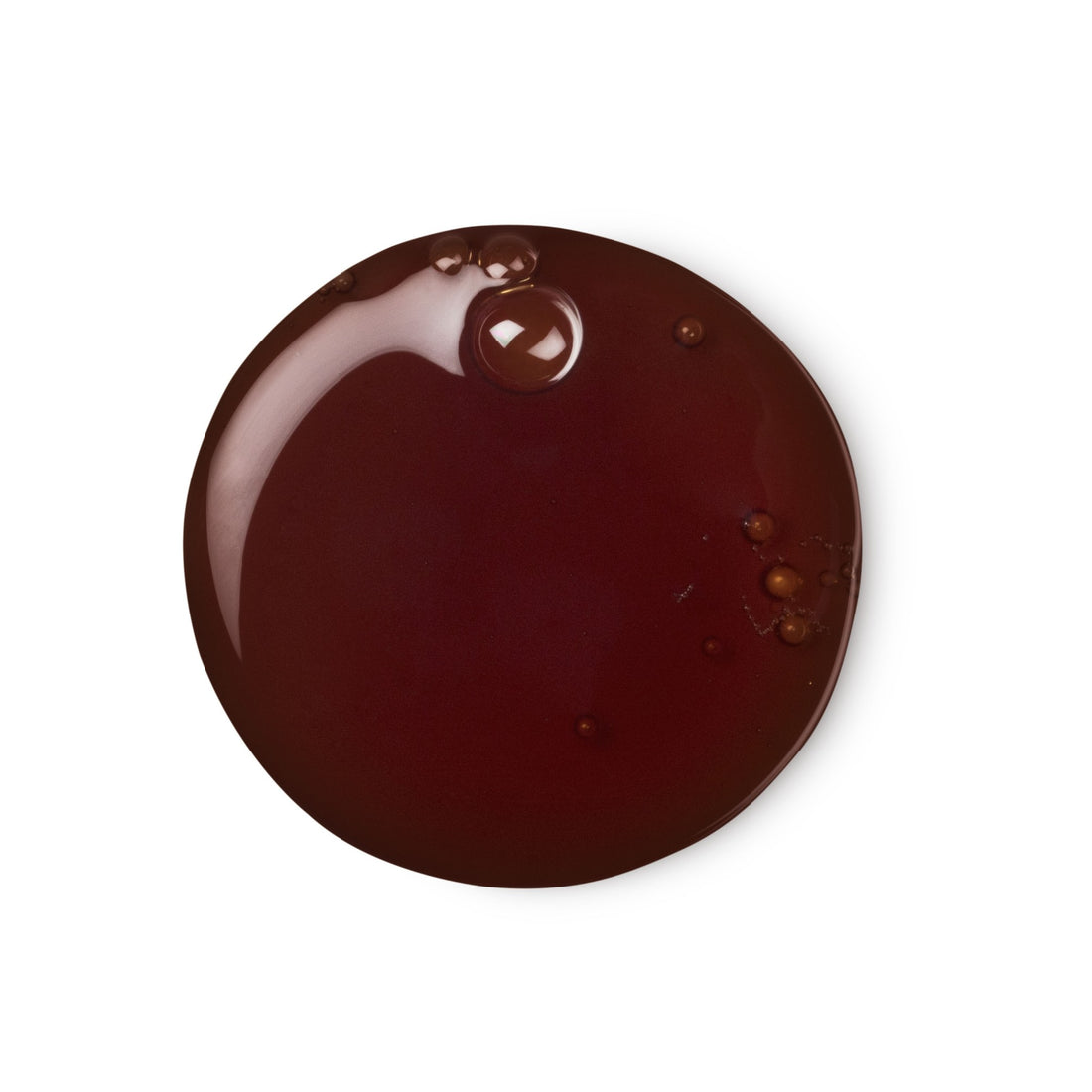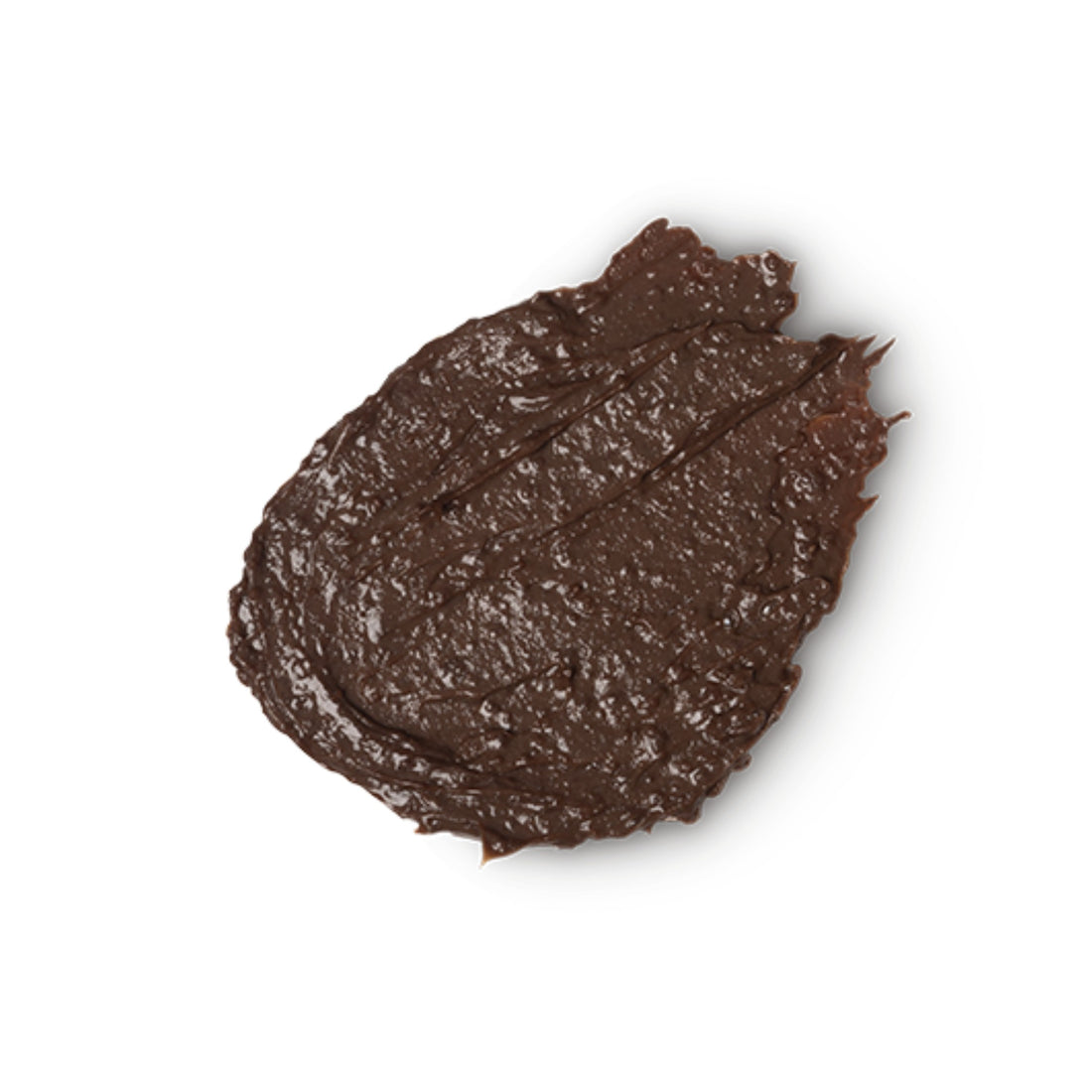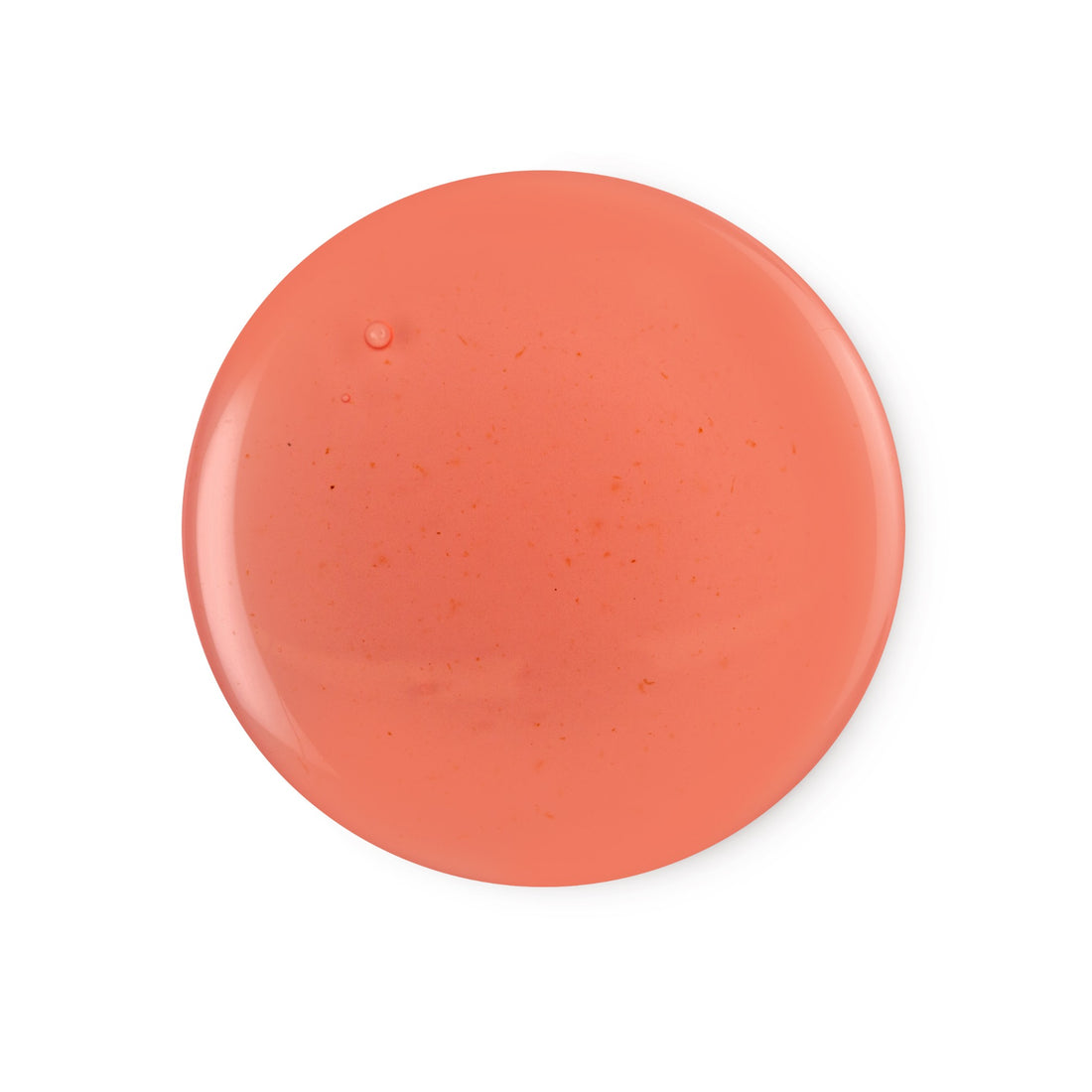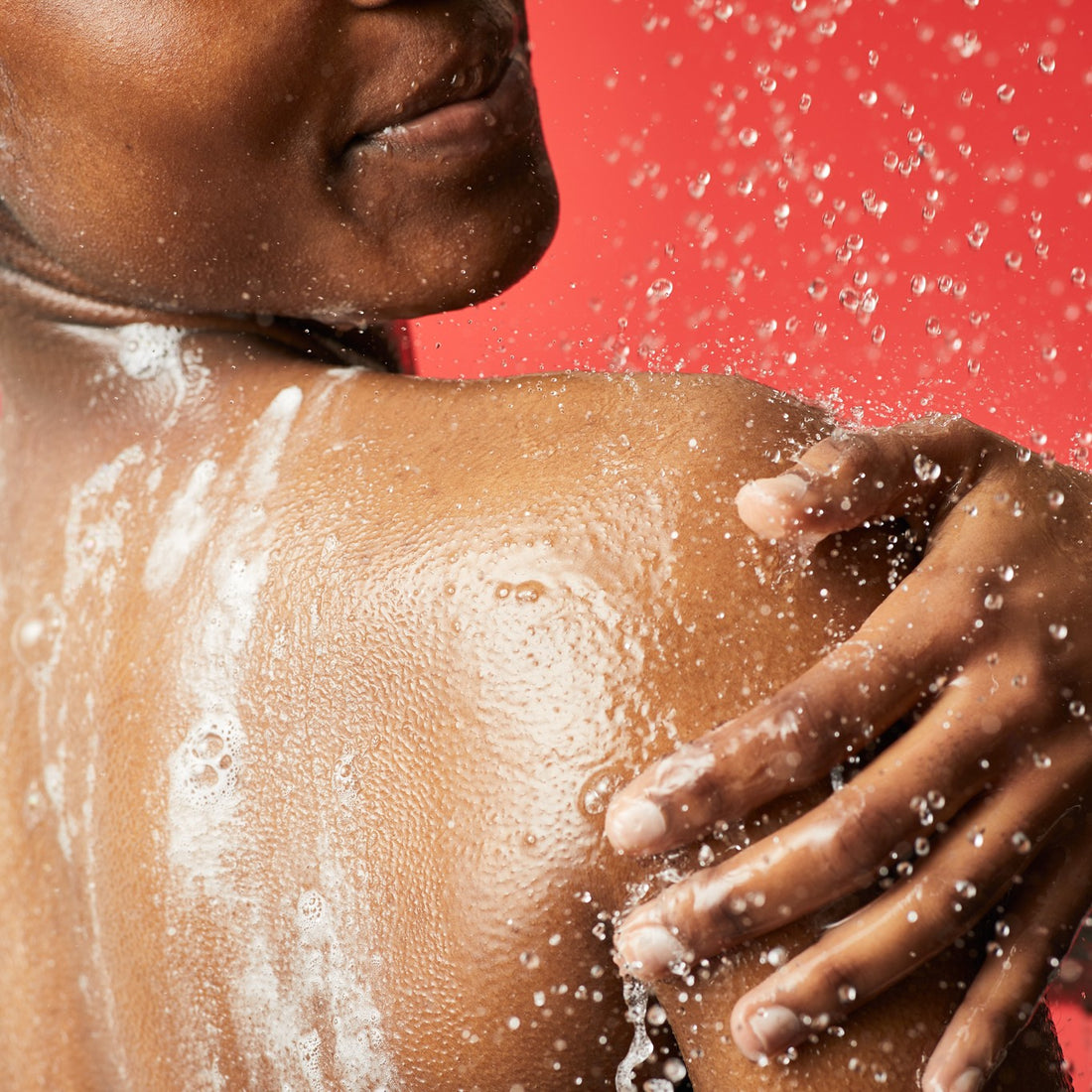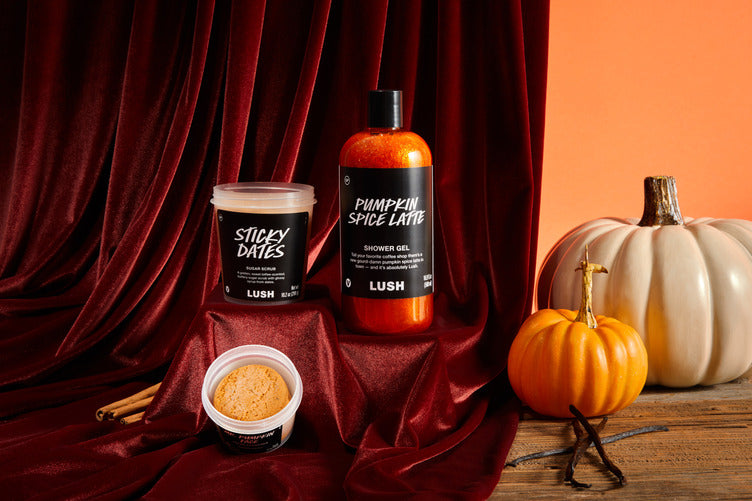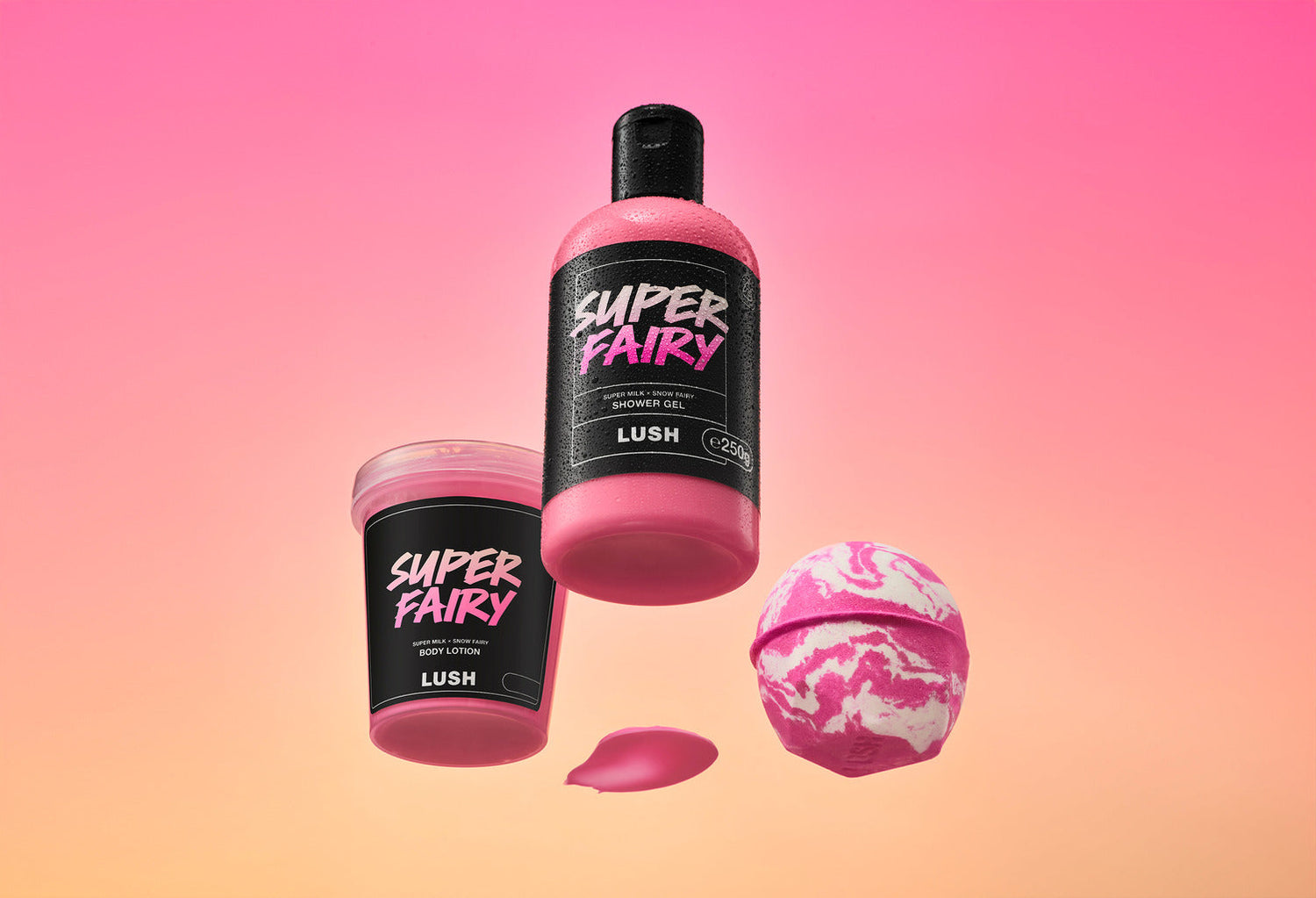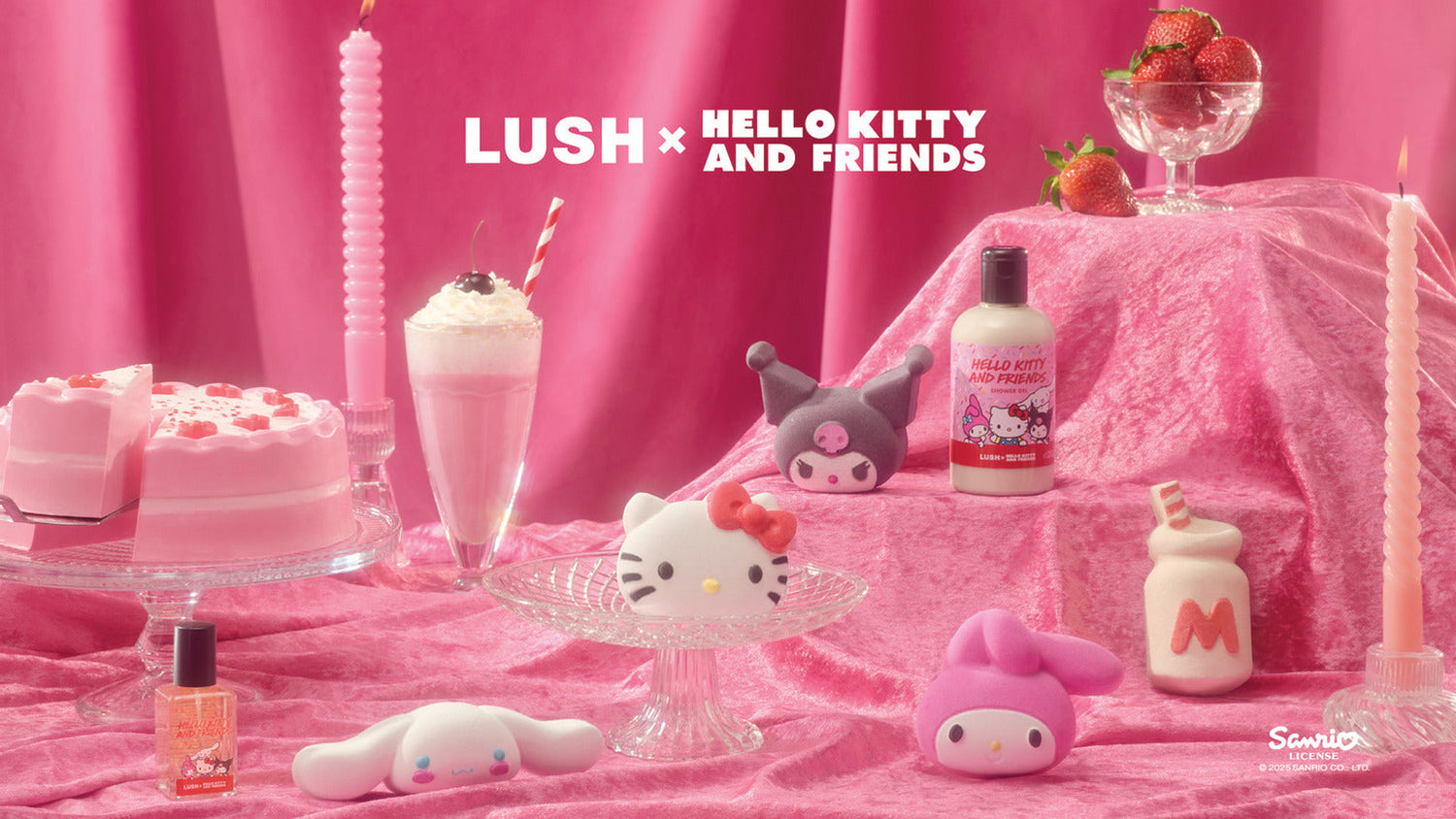We believe nature does things best, and self preservation is no different...
Salt, honey and clay are just the tip of the iceberg when it comes to keeping our products fresh for longer, which is why you'll find the majority of our products are entirely self-preserving, across every single category.
In the beginning
Initially, most of our self-preserving products were solid; as bacteria requires water to grow and multiply. To keep creams, lotions and liquids fresh, minimal amounts of synthetic preservatives give non-solid products a much longer shelf life. But, just in case you prefer to go without synthetic preservatives, many of your favourite formulations have been rebalanced to be naturally self-preserving with no significant changes to the look, feel, price or shelf-life of the product. This self-preserving range is sold alongside the preserved range so you can experiment or stick to what you know and love.
Preservatives 101
Parabens were first introduced in the 1920s and were one of the most commonly used preservatives in cosmetic products. They were so widely used because they're inexpensive, colourless, odourless, and have a wide spectrum of antimicrobial activity, which means that they stop fungus, bacteria and other microbes from growing in creams and make-up. Dr Stephanie Williams, Dermatologist at European Dermatology London, adds: “Parabens have a long history of safe use and are very commonly used in skincare. They are well established skincare preservatives and, for the vast majority of customers, won’t cause any problems. In very few people, parabens might cause contact allergies, although that’s rare compared to their widespread use.”
Concerns about parabens began to surface in 2004 after a study, which found traces of parabens in breast cancer tumours, was released. This formed the basis of a theory that parabens, which can weakly mimic the hormone oestrogen, can disrupt hormones and increase the risk of breast cancer. However, further studies have found no evidence to support this. Rachel Rawson, Clinical Nurse Specialist at Breast Cancer Care confirms: “There is currently no conclusive evidence to suggest that the use of products containing parabens is directly linked to the development of breast cancer.”
Indeed, parabens have been subjected to such rigorous testing that experts now believe that they are safer than other synthetic alternatives. Dr Edmund Fowles of EF Chemical Consulting, a company which specialises in cosmetic safety assessments, says: “I feel absolutely sure that parabens are safe. As a result of all the fuss about the potential risks there has been exhaustive research, which has covered all angles. ‘Paraben-free’ cosmetics simply use a different type of preservative, which will have been much less rigorously researched, so how can we say that it’s better?”
Dr Stephanie Williams agrees: “Parabens rarely cause skin problems, and some newer, comparably less tried and tested preservatives might cause more frequent reactions.”
Mother Nature's finest preservatives
You’ve probably noticed that, just like the food you buy at the supermarket, Lush products have a ‘use by’ date. But unlike most other cosmetic brands, you can also see when these products were made. While it's recommended to keep your fresh face masks (which are full of fresh, active ingredients) in the fridge and use them as soon as possible, the majority of products have a shelf life of 14 months from the date that they were made. In most cases this is possible without using safe synthetic preservatives, simply because of the way in which the products are formulated.
All cosmetics which contain water require some type of preservative system, simply because water enables bacteria to grow and multiply. So removing the excess water; by turning bubble bath into bubble bars, body lotions into massage bars and shampoo and conditioners into solids, means that bacterial growth is inhibited without the need to add any synthetic preservatives. The same applies to our soaps, powdered deodorants, toothy tabs and solid cleansers. Clay, calamine, talc and kaolin and salt (which is alkaline) can also be used to reduce bacterial growth, which only flourishes in acidic conditions.
But of course, it’s not practical to sell only solid products. Investigating ways to keep the amount of ‘free water’ (the water that’s left over once the chemical reactions have taken place) to a minimum, means that even moisturisers can become entirely self-preserving. By balancing the levels of water, butters and oils, safe cleansing agents and other beautiful natural materials, it's possible to create cosmetics made entirely of materials which are beneficial to the skin or hair.
It's a careful, delicate process, however, which will take time and effort to apply to more and more products. The dynamics of the formula must be carefully balanced in order to produce a beautiful product that is effective, practical and long-lasting, without having to utilise a preservative system. And, of course, it has to be just as lovely for our customers.
You can read more on the controversial topic of parabens here.





